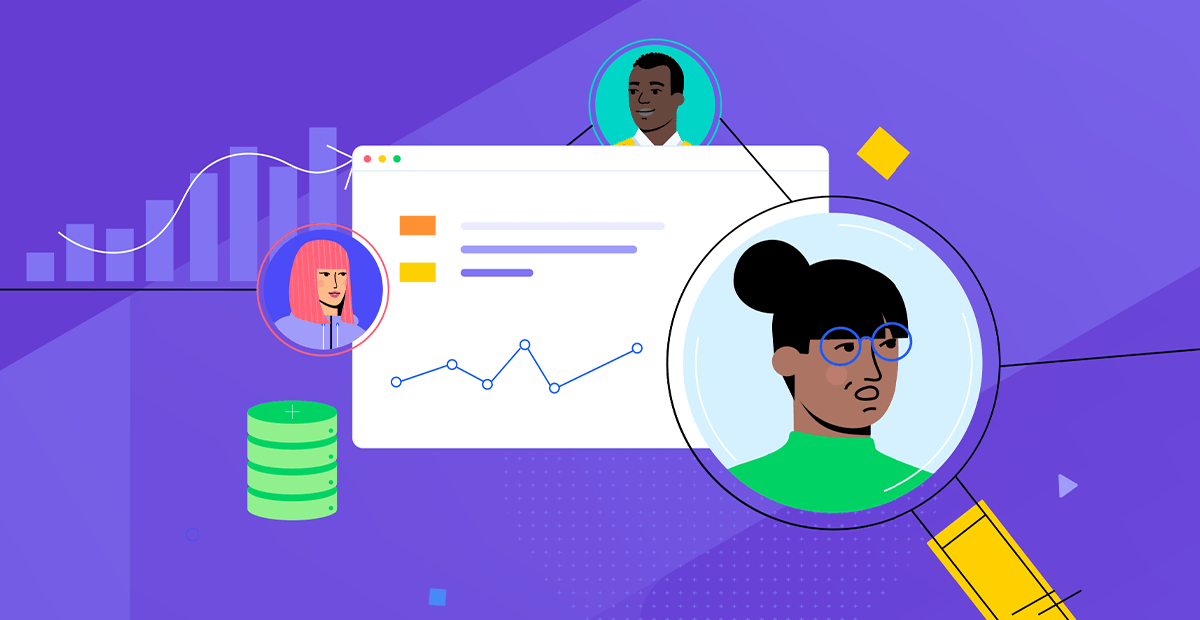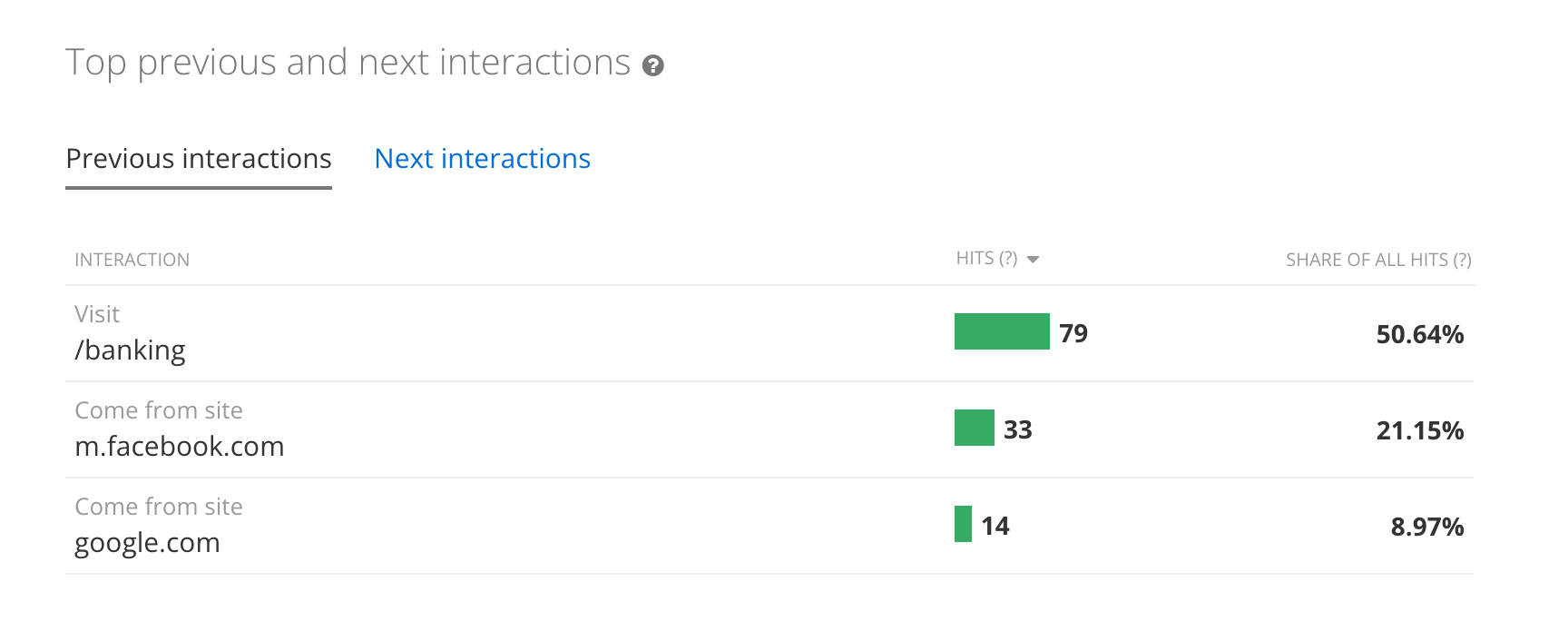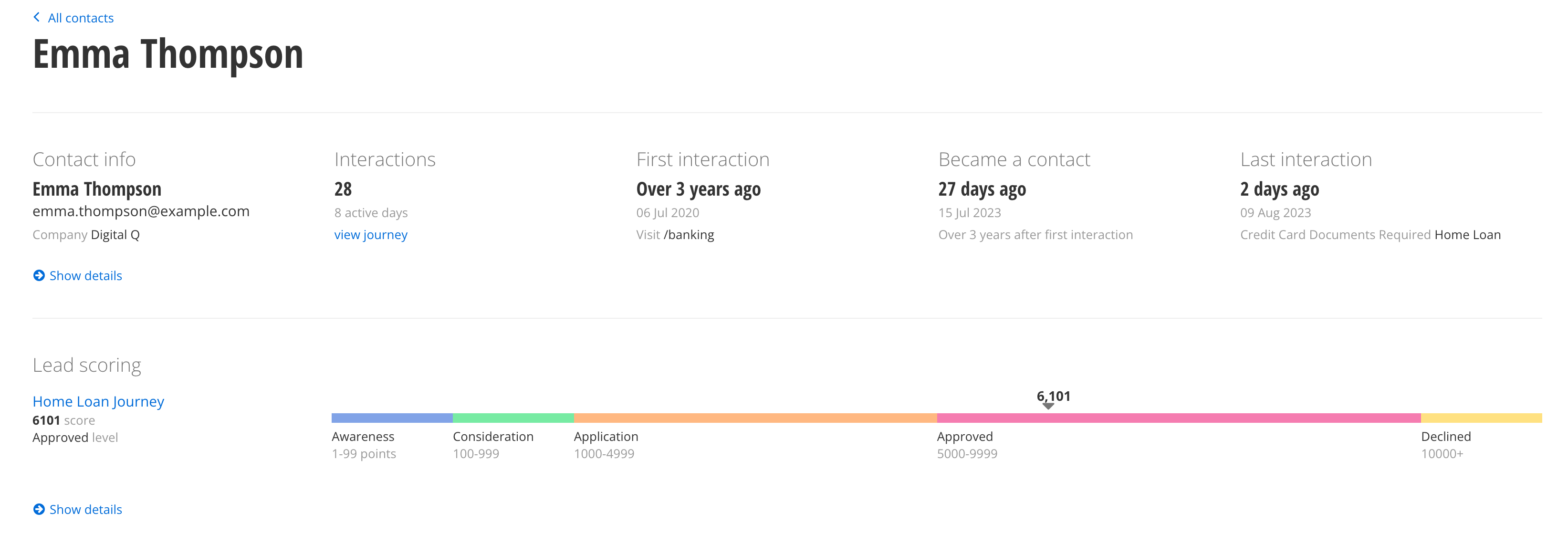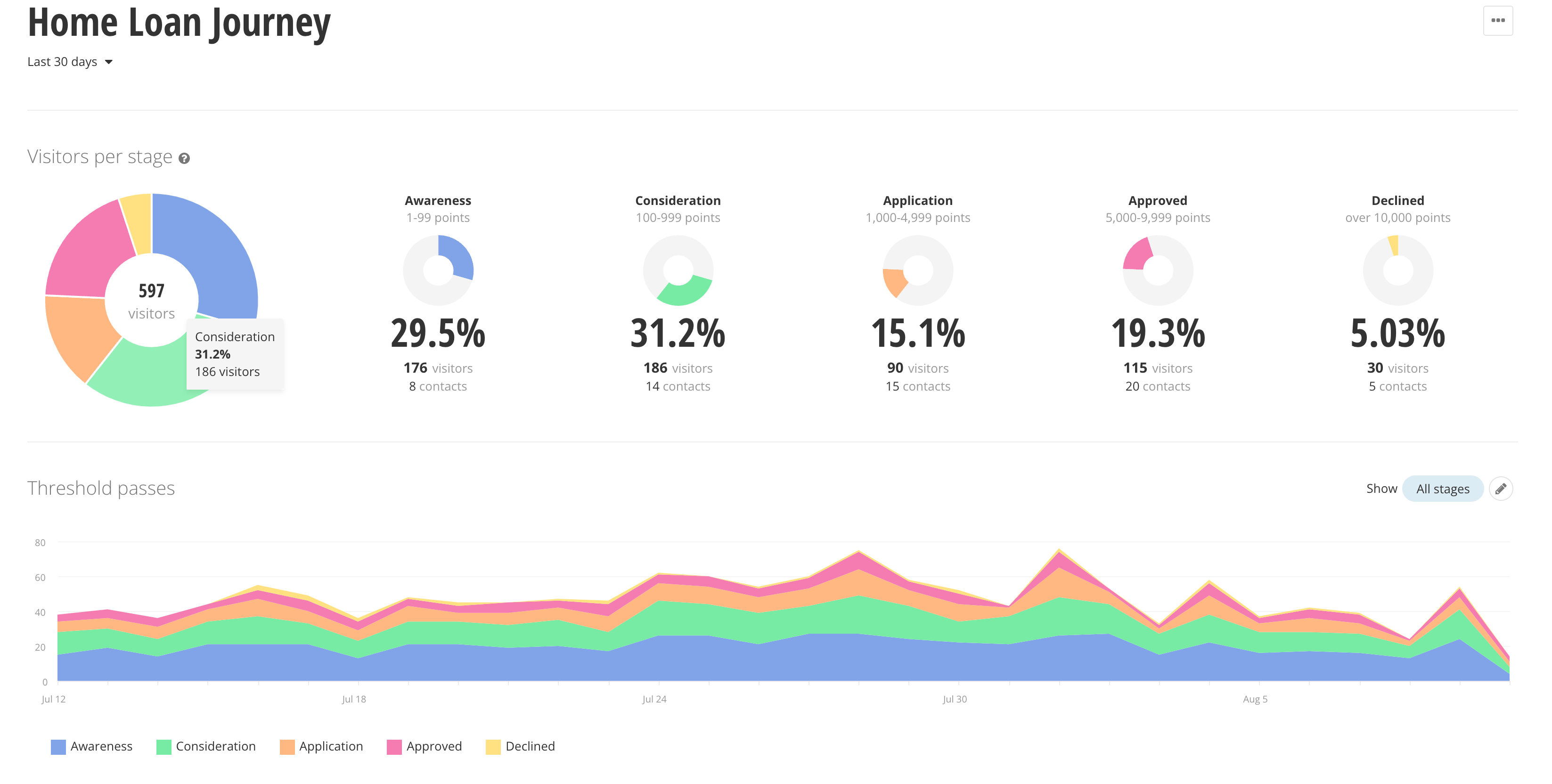Customer Data Platform: What Is It and How to Choose the Best CDP?

Learn what customer data platforms are and how they work, including data collection, profile unification, segmentation, activation and the feedback loop.
What Is a Customer Data Platform?
Gartner defines Customer Data Platforms (CDP) as software applications that support marketing and customer experience use cases by unifying a company’s customer data from marketing and other channels. CDPs optimize the timing and targeting of messages, offers and customer engagement activities (across channels) and enable the analysis of individual-level customer behavior over time.
Simply put, CDPs enable marketing teams to understand who their customers are and identify audience segments that are likely to respond to marketing campaigns and stimuli. At an organizational level, CDPs provide customer insights, triggers and integrations, enabling data activation and automated delivery of tailored 1:1 personalization.
Empower marketing with a Customer Data Platform
Sign up for a demoWhat Are the Components and Functional Layers of a CDP?
A CDP provides integration points with key business and maketing systems and has built-in capabilities to enable Data Collection, Profile Unification, Audience Segmentation, Prediction & Decisioning and Activation.
Data Collection
Tracking customer interactions across systems and touchpoints requires your implementation to ingress data from as many data sources as possible and store information without loss.
Data Collection (consolidation, assembly) represents the first step in building a Customer Data Platform.
While there is no limit on how many data sources a CDP requires access to, many use cases can be covered by consolidating data from three to five business/MarTech systems.
Demographic, behavioral and transactional customer data can be sourced from websites, CRMs, email marketing automation software and other systems of record. Transforming and normalizing the data can then facilitate further analysis, segmentation, building prediction models and activation of marketing channels.

Regardless of the vertical, or the scope of implementation, data collection is a foundational step for many CDP use cases, such as real-time personalization, experience orchestration and journey optimization.
Profile Unification
Data cleaning and standardization processes ensure that all customer records are accurate and consistent. At this stage, a Customer Data Platform will try to correct or remove incomplete, duplicate and erroneous data and merge information from different sources. Since customers interact with brands through multiple touchpoints using different identities, a CDP will try to match and combine, for example, information about anonymous and known visitors.

Profile unification is an ongoing process where data is continuously enriched with offline or real-time data such as demographic, firmographic and behavioral data and additional information from third-party data sources to build a comprehensive customer profile.
The main goal of profile unification in a Customer Data Platform is to create a single, cohesive view of each customer.
This consolidated profile contains all relevant data points, interactions and attributes associated with an individual customer. It enables organizations to segment their audience based on various attributes and behaviors.
Audience Segmentation
Audience segmentation facilitates the delivery of personalized messaging and targeted marketing campaigns to customers based on past customer interactions, preferences and needs. User segmentation can be based on demographic, behavioral, geographic and firmographic criteria, enabling organizations to deliver timely and relevant information to their customers.
Audience segmentation provides opportunities to drive acquisition, maximize customer lifetime value and improve retention.
A typical scenario is identifying existing customers you might want to cross-sell and upsell additional products or services to those at risk of moving away from your company, or prospects who are in a particular stage of the customer journey or the sales funnel.
Audience segmentation provides opportunities to drive acquisition, maximize customer value and improve retention.
Predictions and Decisions
Understanding customers' needs and behavior allows brands to tailor their products, services and messaging to meet individual customer needs more effectively. With a CDP, organizations can quickly build models that provide more insights and help increase customer affinity and propensity. Customer Data Platforms can help match products or services to customer needs or identify the best customer segment for a specific product offering.
AI/ML-driven capabilities help optimize the journey in real time, suggest the next best step, or recommend content (products, offers) likely to resonate with a specific individual or customer segment.
For example, financial services organizations or insurance companies can use segmentation, predictions and AI-driven content recommendations to reduce the steps in the customer journey needed to file an insurance claim or, even better, renew a policy.
Activation
Organizations utilizing Customer Data Platforms can leverage data and insights gathered within the CDP to execute targeted marketing campaigns and engage with customers across various channels.
![“Conversions by persona” with the “Total” tab selected. Three personas are listed: “[Product] Savings Accounts” with 99 conversions, “[Product] Credit Cards” with 95 conversions, and “[Product] Home Loans” with 86 conversions. Each persona includes a profile image, description of recent browsing behavior, and a green horizontal bar representing total conversions.](/images/default-source/blogs/2023/2023-08/cdp/cdp-campaign-performance.png?sfvrsn=b3b337bc_1)
Thanks to data-driven insights, marketers may choose one or more channels to engage with prospects and customers depending on the business model, tech/marketing stack and desired outcomes. A Customer Data Platform will offer multiple integration points such as SDK, Webhooks, API and website widgets to facilitate implementation and cover various scenarios.
The Feedback Loop
With real-time profile enrichment, on-demand customer data import and the ability to merge information from online and offline chaannels, CDPs are in a constant “learning mode.” Once deployed, a Customer Data Platform will continue to deliver value to the entire organization, providing access to insights or taking care of repeated, resource-intensive tasks such as customer data unification and journey optimization.
As a “by-product,” Customer Data Platforms provide access to relevant, up-to-date information about each individual customer. This, in turn, enables the level of 1:1 personalized customer experiences many marketers aspire to achieve.
Are Customer Data Platforms Different from Web Analytics?
While a CDP provides analytics capabilities, it should not be confused with traditional web analytics software products like Google Analytics.
Web Analytics software primarily aims to analyze web and mobile app traffic and measure user behavior and customer interactions on specific digital properties. It enables organizations to track campaigns, macro and micro conversions and e-commerce transactions. However, data collection is often limited to web analytics software, and user data is aggregated and generally anonymized.
On the other hand, CDPs consolidate data from various systems and touchpoints to create a unified customer profile. This enables organizations to segment the audience and activate specific marketing channels depending on these segments.
![Timeline of user interactions on 06 July 2020 and 06 June 2021. On 06 July 2020: 10:00 AM: Visited /banking 10:15 AM: Visited /banking/savings; scored 1 point for persona [Product] Savings Accounts 10:15 AM: Recognized as persona [Product] Savings Accounts (includes image of hand placing coin in jar) 10:30 AM: Opened savings account 10:30 AM: Conversion recorded as “[New Account] Savings” On 06 June 2021: 10:00 AM: Visited /banking/investments 10:15 AM: Made inquiry about Investment Plans 10:15 AM: Conversion recorded as “[Inquiry] Investment Plans” 10:30 AM: Opened Investment Account; scored 1 point for persona [Prospect] Home Loan](/images/default-source/blogs/2023/2023-08/cdp/cdp---cusotmer-journey-analysis.png?sfvrsn=eaa1a710_3)
Both web analytics and Customer Data Platforms play a role in data-driven marketing, and organizations should consider both solutions to gain better visibility of the performance of their customer experience and digital strategy.
What Is the Best CDP for My Organization?
As with Content Management Systems and Digital Experience Platforms, there are specific considerations when assessing the suitability of a Customer Data Platform
for your organization.

Customer Data Platform buyers should consider business drivers such as:
- The need for data integration and consolidation and the diversity of data silos
- The state of the organization’s customer insights and analytics solution and how it fits in with current and long-term plans
- Whether the customer journey/sales cycle requires a degree of personalization
- The state of marketing automation and whether campaign optimization is shortlisted as a top priority
Beyond business needs, several essential considerations are related to the organization's digital maturity level. Organizations with low digital maturity may need help adopting and utilizing CDP solutions effectively. On the contrary, digitally mature companies with well-established data infrastructure, advanced analytics capabilities and a customer-centric approach can leverage a Customer Data Platform to enable insight-driven marketing and deliver personalized customer experiences.
While Customer Data Platforms cover a wide range of business needs and maturity levels, smaller companies with limited access to talent or resources may need help to benefit from a full-blown CDP solution implementation. However, customer-centric, data-driven organizations with aggressive growth targets should consider a scaled-down or simplified CDP implementation.
Customer Data Platforms Are Suitable for Many Verticals and Business Models.
A common question we get from our customers is whether a CDP implementation is suitable for a specific vertical or business model.
Customer Data Platforms are not bound to a specific industry or business model (B2B/Manufacturing, B2C). Any organization with customer data residing in multiple systems can benefit from implementing a CDP to manage customer data, centralize data flow and inform changes to its marketing strategy.
Industries and verticals that can benefit from a CDP implementation include:
- Financial services providers such as banks, credit unions, insurance brokers and asset management
- Associations, Consumer goods, retailers and e-commerce companies
- Healthcare providers and telecoms
- Energy and utilities providers
- Higher education/universities
What Are Some Common Use Cases and Typical Applications of a CDP?
While no two organizations are the same, typical use cases are applicable across industries. Here are several examples:
- Optimize the customer journey
- Identify underperforming channels
- Unify customer data for reporting purposes
- Segment audience to improve targeting
- Reduce churn
One of the benefits of using a CDP is the level of “composability” that it brings, enabling organizations to implement and utilize just a subset of the platform’s capabilities and expand the scope of implementation as needs arise.
As previously mentioned, data assembly is at the core of building a CDP, so it is no surprise that combining online and customer relationship management data and enriching existing customer profiles is one of the most common use cases. Again, data assembly is the essential first step toward more advanced use cases, such as:
- Best customer profile and prospect selection
- Journey and behavior analysis
- Personalized message selection
- Real-time customer-facing interactions and journey orchestration
- Outbound/reactivation campaigns
![Dashboard for the “[Product] Home Loans” persona over the last 30 days. The distinctive characteristic is “Recently browsing home loans.” A total of 206 visitors passed the persona threshold, with 13 of them being contacts. This accounts for 2.37% of all visitors and 38.1% of all personas. A line chart titled “Visitors passed persona threshold” shows daily counts from July 12 to August 9, with values mostly ranging between 4 and 12 visitors per day.](/images/default-source/blogs/2023/2023-08/cdp/cdp---personas.png?sfvrsn=8eb920d7_3)
Regardless of the vertical, essential customer data sourced from banking transactions and credit card usage, travel booking systems, CRMs, learning and faculty systems can be used to improve acquisition, maximize the value of existing customers (faculty, patients, etc.) and improve retention rates. A well-implemented CDP certainly helps with cross-sell programs, creating personalized travel and vacation offerings and improving student engagement on campus. Not only does this help improve performance, but it also has a positive impact on vital business KPIs such as acquisition costs, average revenue per customer, renewal rates and churn.
How Do I Get Started with a Customer Data Platform?
Start narrow and deep. Find allies within your company that can support you. While a typical organization will have dozens if not hundreds of data silos, CDP buyers should focus on several common sources such as websites, CRM and potentially e-commerce platforms that will enable them to cover a wide array of use cases and deliver personalized experiences across most common destinations such as email, website and analytics.
Customer Data Platforms only need to load some of the information about each customer to deliver value. Most organizations can benefit immediately from integrating as few as three or four data sources.
Going wide and shallow, on the other hand, is likely to introduce multiple organizational and technological challenges that might be hard to overcome within time and budget constraints.
It is worth noting that depending on the business needs, CDP buyers will need to work with several internal teams and align on priorities, requirements and long-term goals. Depending on the use case, various functions will be involved in evaluating and implementing a CDP. Generally, IT will always be present to support every use case. For example, improving outbound marketing campaigns will require significant engagement from the MarTech team but little involvement from sales or management.
Customer Data Platforms: Benefits and Key Considerations
Effective Customer Data Platform implementation can become a game changer, enabling your organization assemble data from various sources, create unified customer profile view and deliver truly personalized experiences to your customers regardless of their preferred channel. So, if you are considering exploring one or more CDP use cases, keep in mind that:
- CDPs can deliver value to multiple teams
- The transition from data assembly to applications requires careful preparation
- Deep, narrow deployments are the most effective
- Shallow, broad deployments are the most difficult
- CDP implementation requires IT and marketing staff to collaborate in advance
So, there you have it. The question is not whether you need a Customer Data Platform, but whether you see opportunities to make your customer data work for you in new, more productive ways.
Start small to avoid over investing and potential roadblocks. Thanks to Sitefinity Insight CDP software, you can support multiple use cases without adding layers of complexity.

